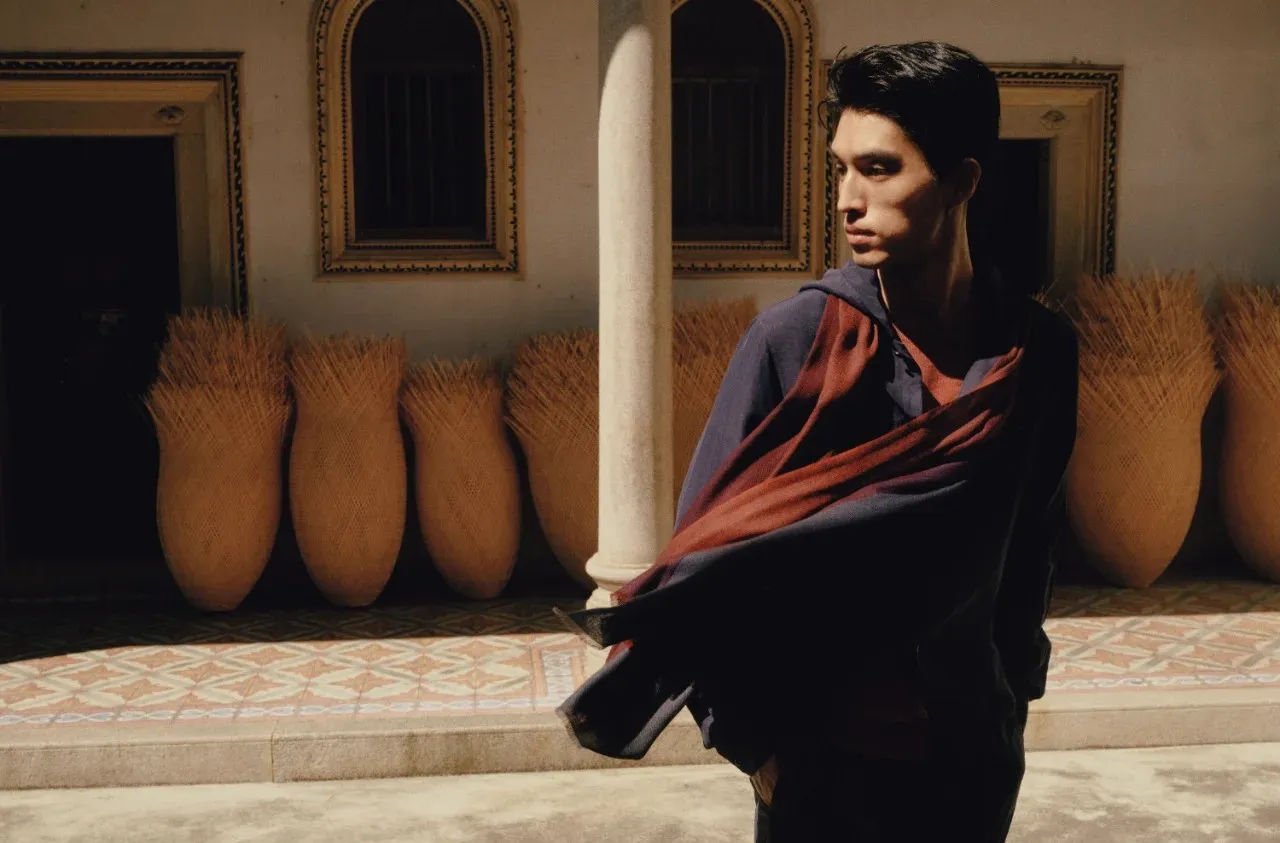Customer Experience in Luxury Retail: Isn’t it Time for Client Advisors to Slow Down the Sale?

Luxury retail has been defined by high-traffic stores, long queues, and a fast-paced sales environment for years. Under pressure to assist multiple clients efficiently, client advisors have often prioritized speed over meaningful engagement. However, over the past 18 months, the luxury industry has experienced a notable decline in foot traffic (with a few standout exceptions). Despite this shift, our proprietary data reveals that many client advisors continue to operate with a high-speed approach—an oversight given that the same dataset suggests a more deliberate, hospitality-driven engagement can yield significantly better results. By encouraging clients to stay longer and fostering high-quality interactions, brands have a unique opportunity to enhance both conversion rates and overall customer experience.
The Power of “Slowing Down”
Our proprietary benchmark data reveals a direct correlation between the time a client spends in-store and their purchase intention. The longer a client advisor engages with a client in the store, the more likely the latter are to make a purchase:
- <10 minutes: Only 25% of clients expressed a definite intent to buy.
- 11–20 minutes: 40% showed strong purchase intent.
- 30+ minutes: The number jumps to 60%+.
This insight signals a clear opportunity for luxury brands: instead of rushing the sale, sales advisors should focus on crafting a refined, high-quality in-store experience that encourages clients to linger, engage, and ultimately purchase more.
How Luxury Brands Are Keeping Clients In-Store
Recognizing this trend, several leading luxury retailers are reimagining their in-store environments to encourage longer, more meaningful client interactions. Here are four standout examples:
1. Galeries Lafayette China – Comfort Shopping
Galeries Lafayette in China has pioneered a “comfort shopping” model designed to provide a stress-free retail environment. The concept focuses on creating an inviting, relaxing space where clients can unwind and fully enjoy the shopping experience. This includes curated lounge areas, personalized styling sessions, and a more relaxed approach to browsing. By removing the pressure of immediate purchasing, the brand fosters deeper engagement and, ultimately, higher conversion rates.
2. Selfridges – The “Unlocked” Loyalty Program
Selfridges has taken a unique approach to client retention with its “Unlocked” loyalty program. This initiative incentivizes clients to spend more time in-store through exclusive access to personalized events, product previews, and VIP experiences. The longer a client stays, the more value they receive—not just in discounts but in unique, memorable brand interactions that reinforce loyalty and drive higher spending.

3. Hermès – Creating a Destination Experience
Hermès has taken an experiential approach to keeping clients engaged by transforming its boutiques into destination spaces rather than simple retail outlets. Select stores feature in-house cafés, book nooks, and interactive brand experiences. For example, the Hermès flagship in New York offers a rooftop terrace and café where clients can relax, meet friends, and engage with the brand beyond just shopping. By fostering a sense of community and comfort, Hermès ensures clients remain in-store longer, deepening their connection with the brand.
4. Liberty London – Sensory Shopping
Liberty London enhances the shopping experience by engaging multiple senses. Signature fragrances guide visitors through different departments, creating emotional connections. In the textile section, customers are encouraged to interact with fabric samples, while historical displays woven into the store’s layout share the brand’s heritage. Personal shopping suites provide a tailored experience in a private, comfortable setting, and artisan demonstration stations bring Liberty’s famous prints to life. The store’s unique architecture, with wooden floors and winding corridors, invites leisurely exploration and longer stays.
5. Brunello Cucinelli – A “Being at Home” Atmosphere
Brunello Cucinelli creates a home-like ambiance in its boutiques, replacing traditional layouts with inviting living room-style seating. Cashmere-covered walls and soft lighting contribute to a warm, intimate feel. Library sections offer books on Italian philosophy and art, encouraging clients to linger. Communal tables allow customers to relax while consultants bring selections, reinforcing a wardrobe-building approach rather than one-off purchases. Italian refreshments served on silver trays transform shopping into a refined social experience.

Creating Meaningful In-Store Experiences
Luxury retailers looking to replicate this success should focus on elements that enhance the client’s in-store journey:
- Seating Areas – Comfortable lounges create an inviting space for clients to relax and extend their visit.
- Larger Try-On and Fitting Rooms – More spacious, well-appointed fitting areas allow for a personalized, intimate shopping experience.
- Hospitality Touchpoints – Offering refreshments, charging stations, and concierge services makes clients feel valued and encourages them to linger.
- Exclusive Private Spaces – VIP rooms, personal shopping lounges, and concierge-style services offer an ultra-personalized approach that makes clients feel catered to and increases the likelihood of a high-value purchase.
- Advisors’ Mindset Shift – Not every improvement requires structural changes. Client advisors can immediately enhance the experience by slowing down their approach, fostering a sense of exclusivity and hospitality to deepen client engagement.
The Takeaway
The luxury retail landscape is evolving. While some enhancements, such as unique store design and layout, larger fitting rooms, and lounge areas, require strategic planning and investment, others, such as adjusting the approach of client advisors, can be implemented immediately.
While re-imagined environments encourage clients to slow down, they also encourage advisors to weave storytelling into the sale as the environment prompts and demands it, whether motivated by the artistic, curatorial, or heritage displays of the store. In this instance, advisors learn to storytell in harmony and in keeping with the immediate store environment, to entertain and engage the customer in a deeper way and strengthen the bond between the customer and the brand. This kind of storytelling can eventually become second nature, leading to an advisor mindset that will automatically lend itself to slowing down the sale. It also becomes a natural moment for clients to invite their customers to sit down, enjoy a refreshment, and show them an exceptional piece that is, in effect, an integral part of the storytelling.
Encouraging advisors to slow down the sale, engage meaningfully, and create moments of hospitality can have a significant impact on conversion rates. By designing environments that encourage clients to spend more time in-store, luxury brands can transform shopping from a transactional activity into a refined, memorable experience—one that ultimately drives higher conversion and long-term brand loyalty.
Interested in learning how CXG can help your brand master this approach? Let’s talk! Visit www.cxg.com/contact to explore our expertise in luxury client experience.


